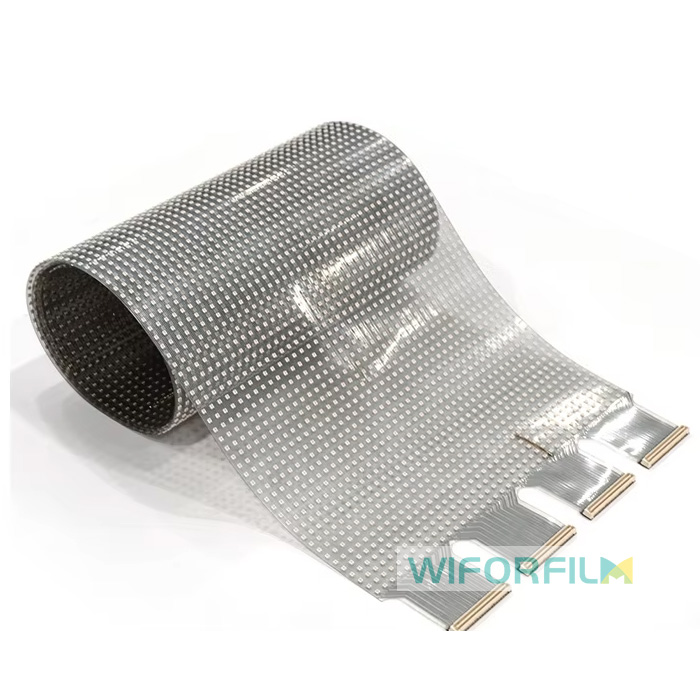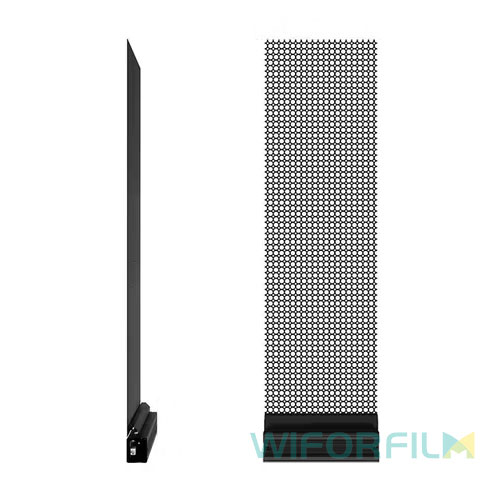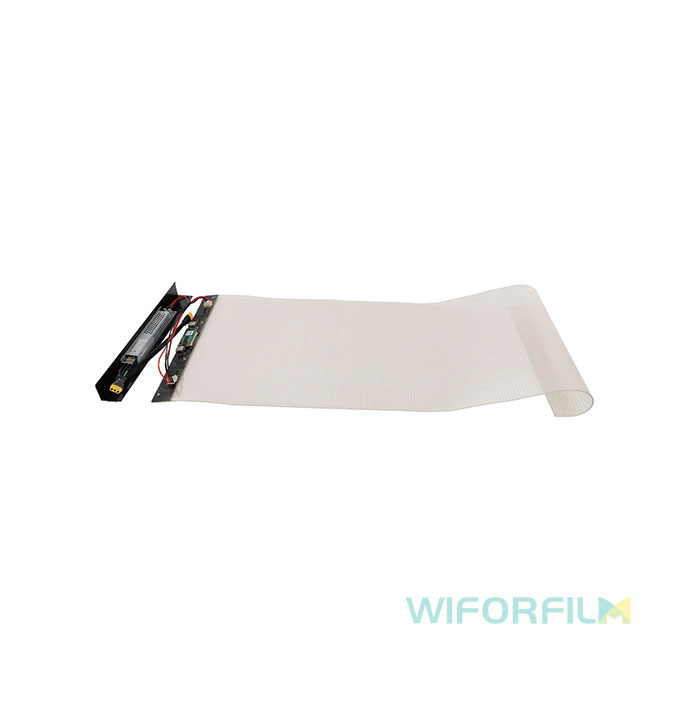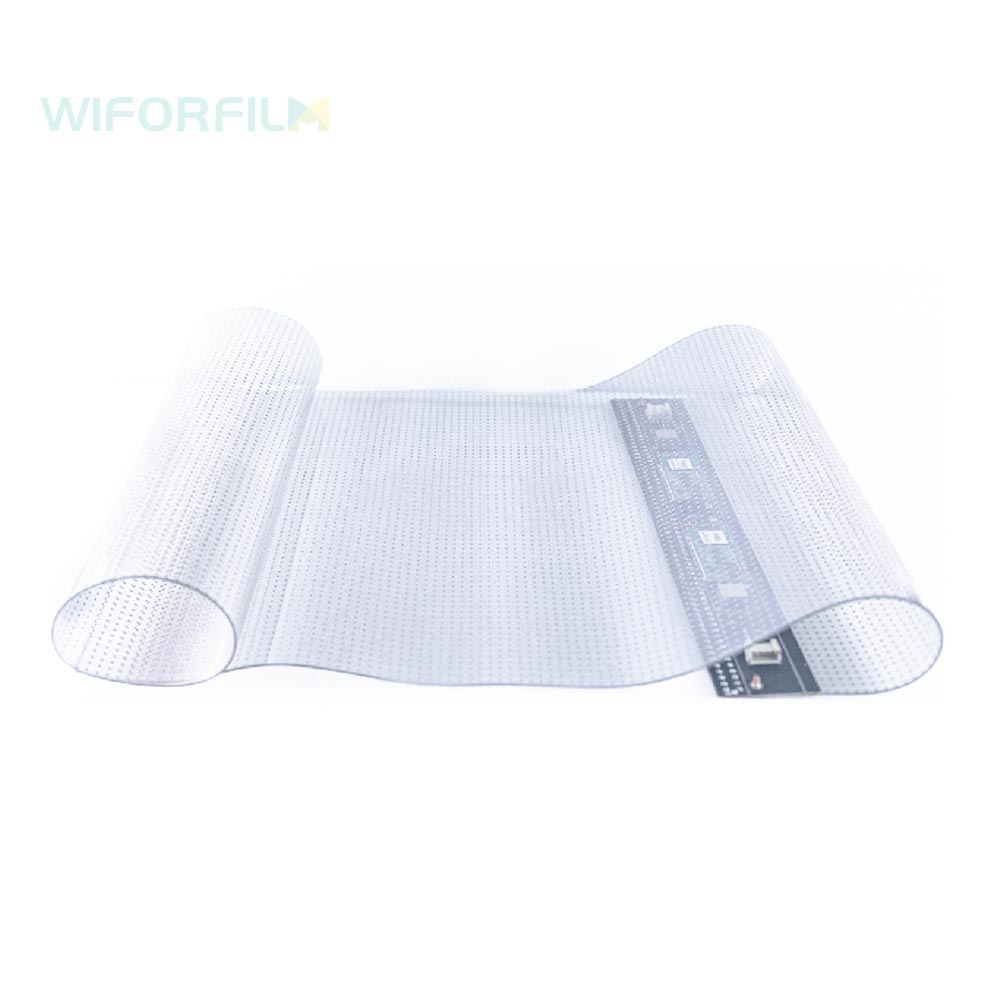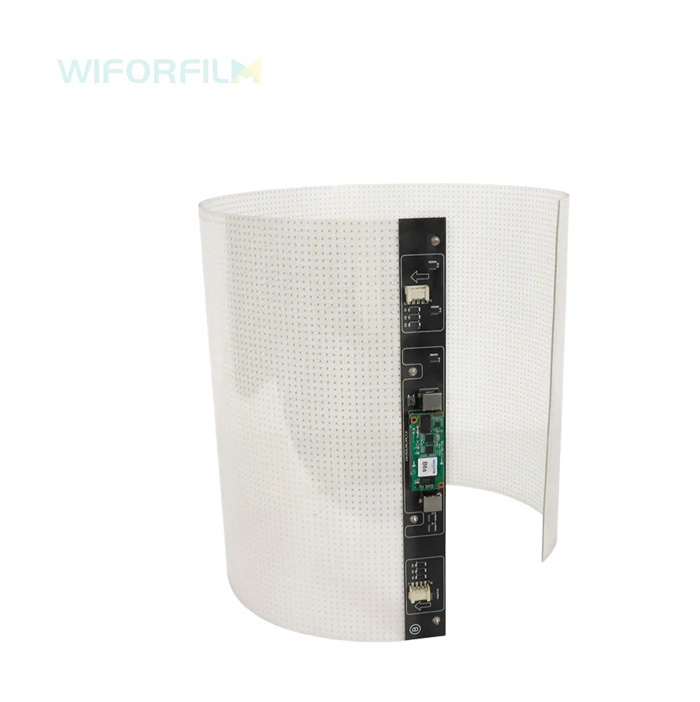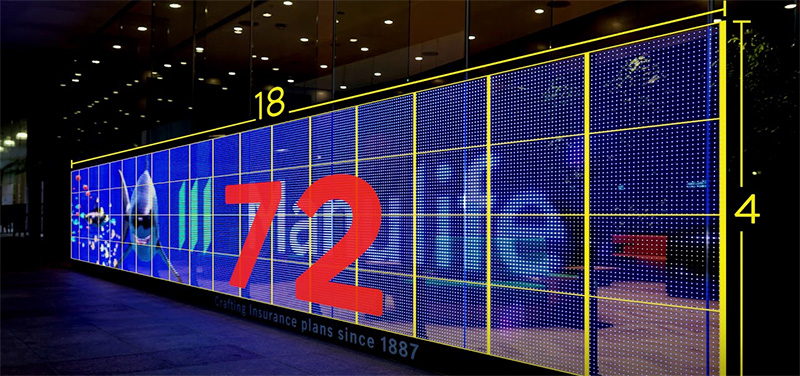
LED film screens represent a breakthrough in display technology. These screens offer high transparency and vibrant colors. Installation plays a crucial role in achieving optimal viewing experiences. Proper setup ensures clear visibility and enhances the performance of the LED film screen. Energy efficiency is another advantage, as these screens consume less power than traditional lighting systems. This makes them an eco-friendly choice for modern applications. Understanding the importance of installation will help you maximize the benefits of your LED film screen.
Understanding LED Film Screens
Definition and Features
What is an LED Film Screen?
An LED film screen represents a modern advancement in display technology. The screen uses a thin layer of film embedded with micro LEDs. These LEDs emit light to create images on a transparent surface. The design allows the screen to adhere to various surfaces, providing flexibility in installation. The lightweight nature of the LED film screen makes integration into architectural designs seamless. The screen supports both flat and curved surfaces, enhancing its versatility.
Key Features of LED Film Screens
LED film screens offer several key features that set them apart from traditional displays: LED film screens
-
High Transparency: The screen maintains a clear view of objects behind it, even when turned off.
-
Vibrant Colors: The screen delivers bright and vivid colors for an immersive visual experience.
-
Energy Efficiency: The LED technology reduces power consumption, making it an eco-friendly choice.
-
Easy Installation: The self-adhesive backing simplifies the installation process on various surfaces.
-
Durability: The robust construction ensures longevity and performance in diverse environments.
How LED Film Screens Work
Basic Working Mechanism
The LED film screen operates by using an electric current to illuminate micro LEDs. These LEDs are connected on a printed circuit board within the film. The configuration enables high-resolution display of images and videos. The thin film layer prevents hot spots and glares, ensuring quality digital content. The transparency of the film allows for dynamic visual content display on glass surfaces.
Differences from Traditional Screens
Traditional screens differ significantly from LED film screens in several aspects: LED film screens
-
Weight and Thickness: Traditional screens are often bulkier and heavier compared to the thin and lightweight LED film screen.
-
Installation Flexibility: Traditional screens require more complex structures for installation, whereas LED film screens adhere easily to surfaces.
-
Energy Consumption: Traditional screens consume more energy, while LED film screens offer energy-efficient operation.
-
Visual Integration: LED film screens integrate seamlessly into architectural spaces, unlike traditional screens that may obstruct views.
Preparing for Installation
Required Tools and Materials
List of Necessary Tools
A successful LED film screen installation requires specific tools. A measuring tape ensures accurate measurements for the screen placement. A level guarantees that the screen aligns correctly with the surface. A screwdriver set assists in securing the frame and mounting brackets. A utility knife helps in trimming excess film during installation. A cleaning cloth prepares the surface by removing dust and debris.
Materials Needed for Installation
The installation process demands certain materials. The LED film screen itself serves as the primary component. Mounting brackets provide support for the screen on the chosen surface. Adhesive strips or glue secure the screen in place. Electrical cables connect the screen to a power source. A protective film covers the screen during installation to prevent scratches.
Site Assessment
Choosing the Right Location
Selecting an appropriate location is crucial for optimal viewing. High-traffic areas maximize visibility and engagement. A flat and smooth surface ensures proper adhesion of the LED film screen. Adequate space around the screen allows for ventilation and maintenance. Avoid direct sunlight exposure to prevent glare and overheating. Consider the audience's line of sight for effective content delivery.
Environmental Considerations
Environmental factors influence the installation outcome. Indoor installations require climate control to maintain screen performance. Outdoor installations need weather-resistant materials to withstand elements. Humidity levels affect adhesive properties, so monitor them closely. Temperature fluctuations impact the screen's longevity and functionality. Ensure compliance with local regulations regarding electronic displays.
Step-by-Step Installation Guide
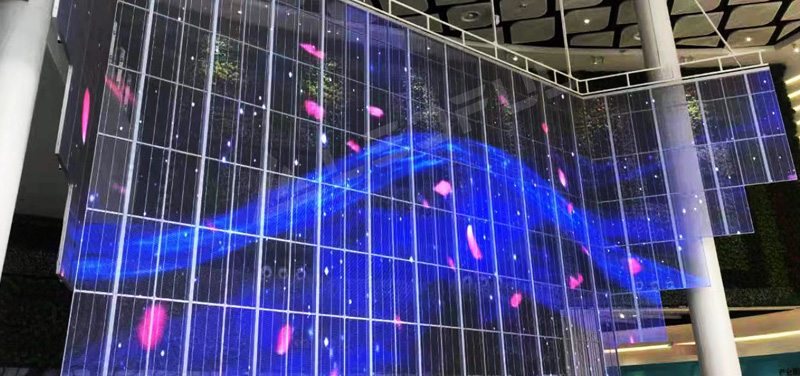
Initial Setup
Unpacking and Inspecting the LED Film Screen
Carefully open the packaging of the LED film screen. Examine the screen for any visible damage or defects. Ensure that all components, such as the screen and accessories, are present. Verify the condition of the adhesive backing to ensure proper adhesion. Confirm that the screen dimensions match the intended installation area.
Assembling the Frame
Lay out all frame components on a flat surface. Follow the manufacturer's instructions to assemble the frame. Use a screwdriver to secure all connections tightly. Align the frame with the screen to ensure a precise fit. Double-check the stability of the assembled frame before proceeding.
Mounting the LED Film Screen
Wall Mounting Techniques
Select a suitable wall for mounting the LED film screen. Mark the desired position using a measuring tape and level. Attach the mounting brackets to the wall using screws. Secure the frame to the brackets, ensuring a firm hold. Verify that the screen is level and aligned correctly.
Ceiling Mounting Options
Identify a stable ceiling area for the screen installation. Measure and mark the installation points accurately. Install ceiling brackets securely with appropriate fasteners. Attach the frame to the ceiling brackets with care. Confirm that the screen hangs evenly and securely from the ceiling.
Connecting and Configuring
Electrical Connections
Locate the nearest power source for the LED film screen. Connect the electrical cables to the screen's power input. Ensure that all connections are tight and secure. Test the power supply to confirm functionality. Avoid overloading the circuit to prevent electrical issues.
Configuring Display Settings
Access the display settings menu on the LED film screen. Adjust the brightness to suit the ambient lighting conditions. Calibrate the color settings for optimal visual quality. Set the contrast to enhance image clarity and depth. Save the configured settings for consistent performance.
Ensuring Optimal Viewing
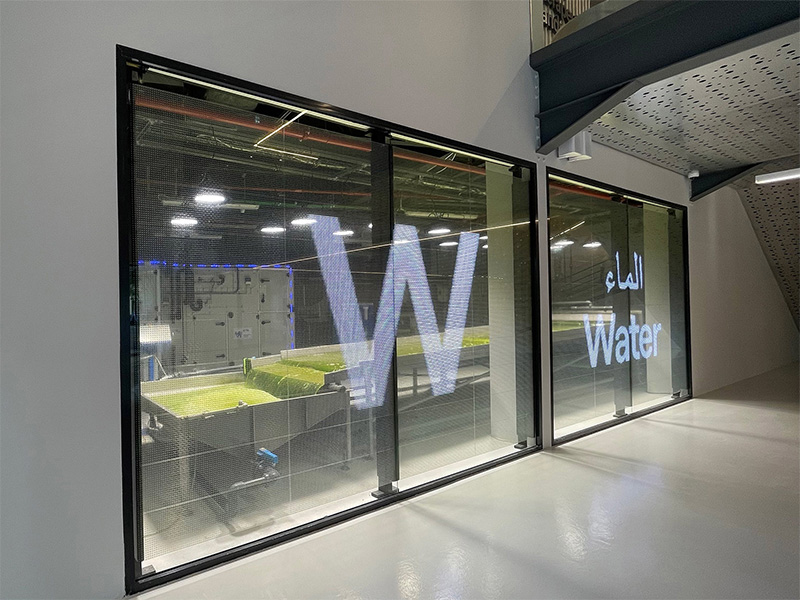
Calibration and Adjustment
Color Calibration
Color calibration plays a critical role in maintaining the visual quality of LED film screens. LED Calibration: Achieving Optimal Color and Brightness Consistency highlights the importance of consistent color across LED modules. Use a calibration tool to adjust the color settings on the screen. Match the displayed colors with a reference image for accuracy. Regular recalibration can prevent color inconsistencies over time.
Brightness and Contrast Adjustment
Adjusting brightness and contrast ensures that the screen displays clear images. The Importance of LED Calibration emphasizes the need for optimal brightness levels. Set the brightness to suit the ambient lighting conditions. Increase contrast to enhance image clarity and depth. Recalibrate older screens to address any brightness reduction issues.
Maintenance Tips
Regular Cleaning Procedures
Routine cleaning extends the lifespan of LED film screens. Use a soft, lint-free cloth to wipe the screen surface gently. Avoid harsh chemicals that may damage the screen's protective layer. Clean the screen regularly to remove dust and fingerprints. Ensure that the screen is powered off during cleaning to prevent electrical hazards.
Troubleshooting Common Issues
Prompt repair is essential for maintaining the functionality of LED screens. Maintenance and Repair Techniques for LED Displays suggest seeking professional support for complex issues. Identify common problems such as flickering or dead pixels. Check all electrical connections to ensure they are secure. Contact a professional technician if the issue persists. Regular maintenance can prevent long-term damage and ensure accurate information dissemination.
The installation process for an LED film screen involves several critical steps. Proper installation ensures optimal viewing and enhances the screen's performance. The benefits of a well-installed LED film screen include improved visual quality and energy efficiency. Following the guide guarantees the best results and maximizes the screen's potential. Adhering to the outlined procedures will lead to a successful installation and a superior viewing experience.




